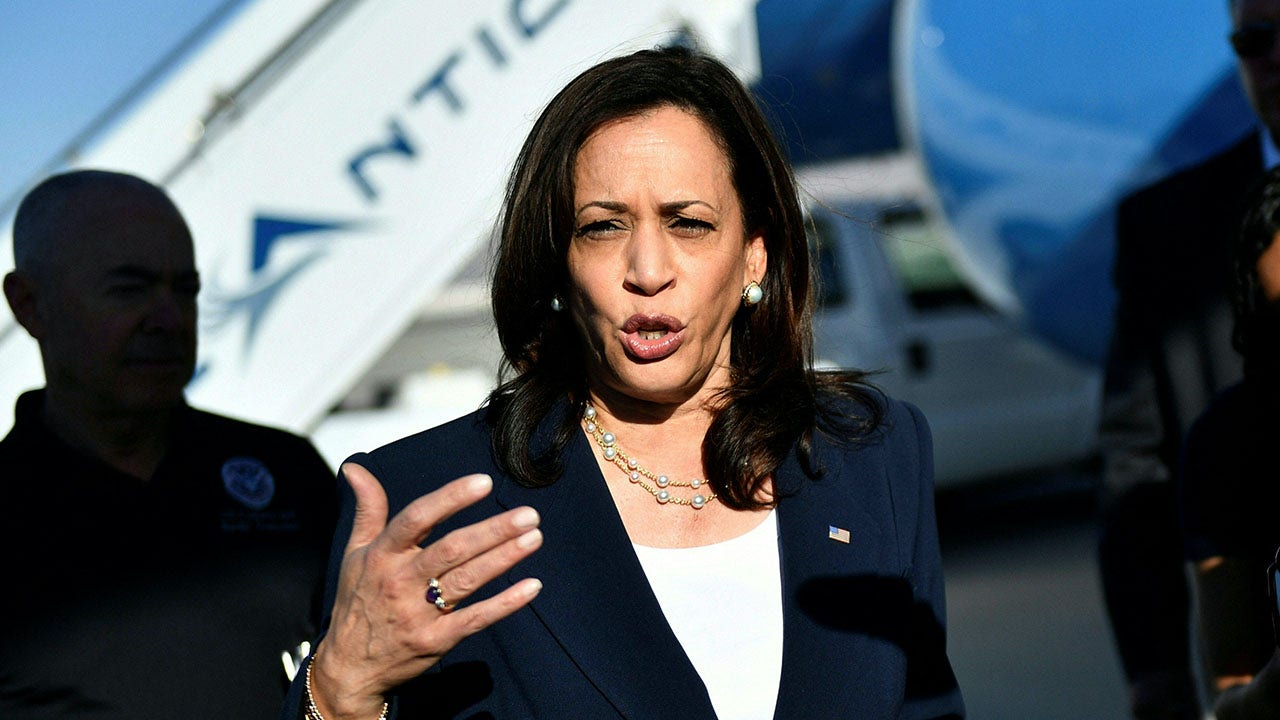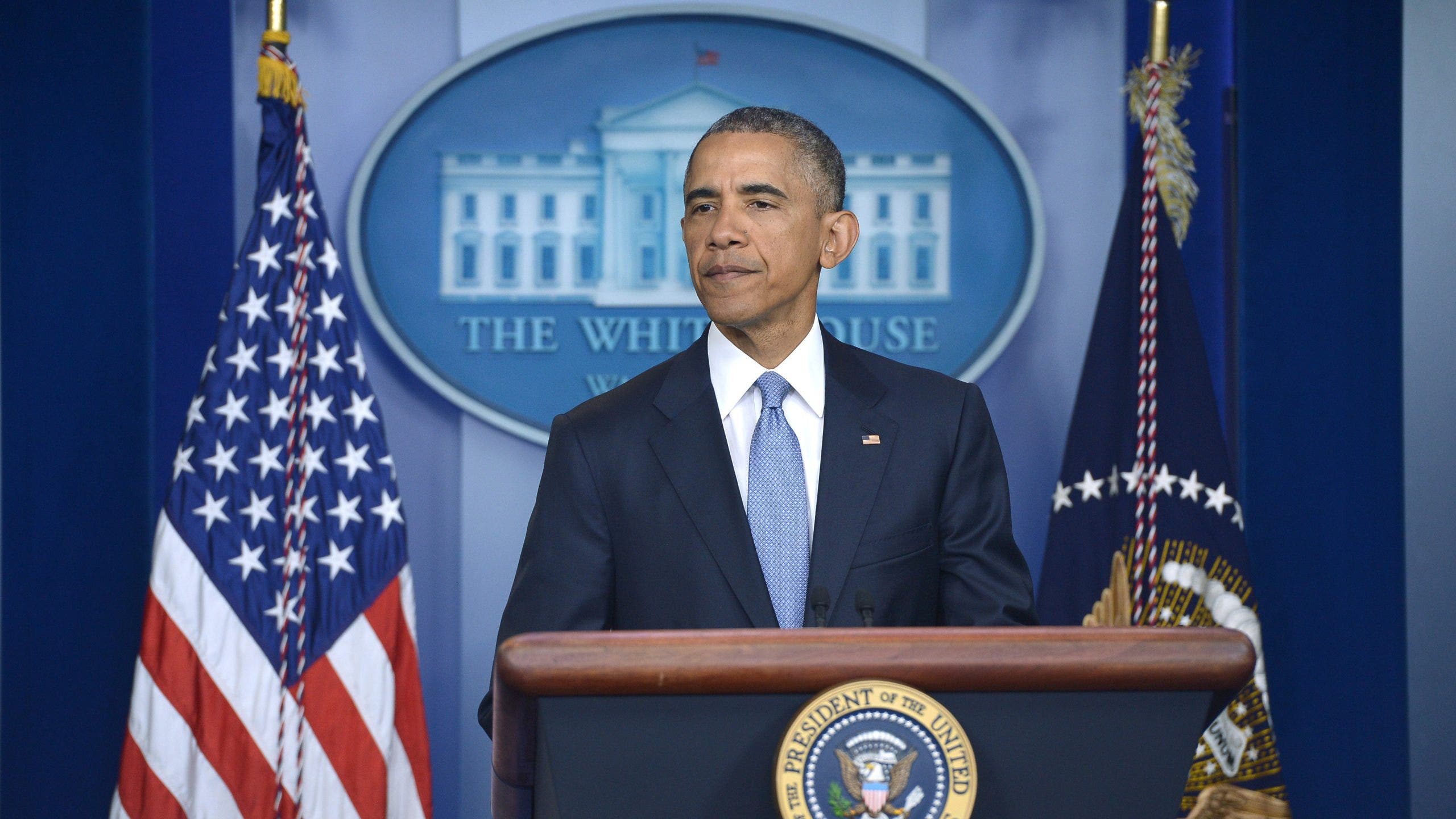North Carolina
Medicaid expansion to begin soon in North Carolina as governor decides to let budget bill become law

North Carolina Gov. Roy Cooper announced Friday he would let the state budget bill coming to his desk become law without his signature, opening the way for Medicaid coverage for 600,000 low-income adults, with some receiving the government health insurance within weeks.
The Democratic governor unveiled his decision on the two-year spending plan minutes after the Republican-controlled General Assembly gave final legislative approval to the measure.
A Medicaid expansion law that Cooper signed in March said that a state budget for this fiscal year still had to be enacted before coverage could be implemented.
Negotiations on that budget plan, which was supposed to take effect July 1, carried on throughout the summer.
The final two-year plan accelerates individual income tax rate cuts, broadens private-school scholarships to all K-12 children and contained other items that weaken the governor’s office while strengthening the GOP-dominated legislature and its power over state courts.
Cooper could have signed the budget, vetoed it or let it become law after waiting 10 days. Cooper said Friday he would do the latter.
Republicans hold narrow veto-proof majorities, and five House Democrats joined GOP legislators to vote for the budget measure.
Campaign Action
Medicaid expansion has been one of Cooper’s top priorities since taking office in early 2017. For years, state Republicans had been strongly opposed to offering Medicaid through the 2010 federal health care law, but GOP leaders reversed course last year.
“Make no mistake, overall this is a bad budget that seriously shortchanges our schools, prioritizes power grabs, keeps shady backroom deals secret and blatantly violates the constitution, and many of its provisions will face legal action,” Cooper said in a news release.
“However, we must recognize this irresponsible legislature’s decade of refusal to expand Medicaid, which has caused life and death situations for so many North Carolinians and threatened the very existence of numerous rural hospitals,” he added. “I will not allow people who are crying for help to wait any longer, so I am directing our Department of Health and Human Services to begin today the process for expanding Medicaid while allowing this budget to become law without my signature.”
Cooper’s health secretary suggested last month that Medicaid coverage could be carried out as soon as December should the legislature complete the last step for Medicaid.
Adults who earn too much to qualify for traditional Medicaid but too little to receive even heavily subsidized private insurance would benefit from expansion. About half of that total could be brought on immediately, Secretary Kody Kinsley has said.
The House and Senate voted Thursday and Friday on the plan that directs how $29.8 billion is spent this fiscal year and $30.9 billion next year.
Senate leader Phil Berger told reporters after Cooper’s announcement that he would have preferred the governor sign the budget “to move everything along a little quicker,” rather than wait until early October for the budget’s enactment.
“But I think that’s an indication that this is a solid budget,” Berger said. “There are some things in the budget I’m not so crazy about … but on balance, it is in many respects the most significant budget we’ve seen in North Carolina.”
The future of expansion soon being carried out in North Carolina was uncertain earlier this week as GOP legislative leaders suggested moving the trigger mechanism to begin expansion away from the budget and into a standalone measure that would have dramatically expanded gambling in the state.
But Cooper and both legislative Democrats and social conservatives balked at the idea, threatening the bill’s success. Berger and House Speaker Tim Moore ditched that effort earlier this week.
North Carolina had been among 11 states that haven’t accepted expansion from the federal government before Cooper signed the expansion bill. Cooper and his administration had complained that delays in implementation meant the state was missing out on over $500 million per month in additional federal funding.
State government also will get an additional two-year, $1.8 billion federal payout for expanding Medicaid.
The state’s 10% share of expenses for Medicaid expansion recipients would be paid through hospital assessments.

North Carolina
NC has some of the most dangerous roads in the US: See how Wilmington-area counties rank
With a recent study revealing North Carolina as one of the states with the riskiest roads to travel, some may wonder how safe the roads are here in the Cape Fear region.
MarketWatch Guides, a site that provides “reviews of consumer products and services to help readers make educated purchasing decisions,” focuses in part on car insurance comparisons, vehicle safety and more.
A recent study by the site analyzed factors including annual miles driven per 100,000 system miles, percentage of rough roads and fatal injuries per 100,000 licensed drivers. States were given a rating out of 10 points, with 10 being the most dangerous.
More: Distracted driving in Wilmington: How big of a problem is it?
North Carolina’s ranking among the most dangerous
According to the study, the states with the most dangerous drivers based on the factors studied are:
- Louisiana – 7.55/10
- California – 7.21/10
- New Mexico – 6.74/10
- Hawaii – 6.73/10
- Delaware – 6.67/10
- New Jersey – 6.53/10
- Mississippi – 6.47/10
- North Carolina – 6.39/10
- Massachusetts – 6.33/10
- Maryland and Texas – 6.26/10
According to the study, North Carolina had 32.5 fatal injuries per 100,000 licensed drivers, but only 2.1% of rough roads, which was the lowest percentage out of the other ranked states.
For a more localized perspective, the North Carolina Department of Transportation releases annual traffic crash facts data. The most recent 2022 report includes a ranking of counties based on several factors, including reported crashes, crash severity, crash rates based on population, registered vehicles and estimated vehicle miles traveled.
The most dangerous county for drivers, ranked at No. 1 for the past five years, was Robeson County. The county had 60 fatal crashes in 2022 with 1,136 non-fatal injury crashes. The rest of the total 4,056 crashes were property-damage-only. The county with the best ranking was Hyde County, coming in at No. 100. The county had one fatal crash in 2022 and 10 non-fatal injury crashes. The county had a total of 45 crashes, the rest of which were property damage only.
More: MyReporter: Which intersections see the most red-light camera violations in Wilmington?
Here’s where the Cape Fear region counties ranked.
Brunswick County
Ranked No. 76 in 2022, Brunswick County had 25 fatal crashes and 715 non-fatal injury crashes. The total crashes for that year were 3,146. The remainder of the crashes were property damage only.
New Hanover County
Ranked No. 58, New Hanover had 19 fatal crashes and 1,313 non-fatal injury crashes, both of which went down from 2021. The total crashes in New Hanover were 5,617. The remainder of the crashes were property damage only.
Pender County
Ranked No. 47, Pender County had the worst ranking despite having the lowest number of crashes. The county had 12 fatal crashes and 374 non-fatal injury crashes, and a total of 1,156 crashes. The rest of the crashes were property damage only.
Iris Seaton, USA Today Network, contributed to this report.
North Carolina
Tropical Storm Debby expected to bring rainfall to Virginia & North Carolina

Tropical Storm Debby already has parts of Florida under tropical storm warnings. The Florida Big Bend is currently under a Hurricane Warning. Debby is forecast to briefly strengthen into a category 1 hurricane as it moves over the Gulf of Mexico where water temperatures are near 90 degrees.
As it continues its path over land it is expected to dial back to tropical storm strength as it reaches the Carolinas mid to late next week. Moderate rainfall is possible for northeast North Carolina and southern Virginia by the end of the week.

Higher amounts of rain are possible for southernmost portions of the Outer Banks but generally models show 2-4 inches for northeast North Carolina and 1-2 inches for southern Virginia through Thursday.
Stay with News 3’s First Warning Weather Team for the latest updates as the storm develops.
North Carolina
Tropical weather update for Wilmington: What we can expect and when

The National Hurricane Center continues to monitor a tropical depression over Cuba. It’s expected to become a tropical storm later Saturday, bringing impacts to the Carolinas around the middle of next week.
Heavy rainfall and flooding are the primary impacts expected, according to the National Weather Service in Wilmington.
“Gusty winds are also possible, but it is too early to predict specific impacts in great detail at this time,” the weather service said.
At the same time, there is the potential for heavy rainfall and some flooding associated with front expected to stall inland this weekend.
As of 11 a.m. Saturday, the center of the tropical depression, which would be name Debby if it becomes a tropical storm, was over Cuba and moving west-northwest near 15 mph. The hurricane center said a turn toward the northwest is forecast for Saturday, followed by a northward motion on Sunday and then a slower northeastwardmotion Sunday night and Monday.
Maximum sustained winds were near 35 mph. Slow strengthening is expected throughout the day Saturday. Faster strengthening is possible Sunday, with the storm nearing hurricane strength when it reaches the Florida Gulf Coast, the hurricane center said.
STORM TRACKER: Monitor the latest tropical developments here.
Here’s a look at what we can expect in the Wilmington area, according to the latest briefing from the National Weather Service in Wilmington.
Wind
The probability of tropical storm force winds has increased, especially for the South Carolina coast. The most likely time of arrival of for northeast South Carolina is Tuesday night into Wednesday morning, and for Southeastern North Carolina is during Wednesday morning.
Rain
The potential for significant rainfall exists with 8 to 12 inches possible from near Cape Fear to portions of thenortheast South Carolina coast. Flash flooding and urban flooding are possible. Some rivers, including the North Cape Fear River and the Waccamaw River, could exceed flood stage next week.
INTERACTIVE MAP: Enter your address to see hurricanes, tropical storms that have passed nearby
Marine impacts
Rough surf, including dangerous rip currents, and hazardous marine conditions are expected this weekend and will persist into the upcoming week.
Are you prepared for a hurricane?
Hurricane season runs from June 1 to Nov. 30. Even if this system won’t pose a threat to the NC coast, it’s never too early to be prepared.
GET READY: Are you prepared for a hurricane? Here’s what to know if you live in the Wilmington area.
-

 Mississippi5 days ago
Mississippi5 days agoMSU, Mississippi Academy of Sciences host summer symposium, USDA’s Tucker honored with Presidential Award
-

 Politics1 week ago
Politics1 week agoRepublicans say Schumer must act on voter proof of citizenship bill if Democrat 'really cares about democracy'
-
World6 days ago
More right wing with fewer women – a new Parliament compendium
-

 News1 week ago
News1 week agoVideo: Kamala Harris May Bring Out Trump’s Harshest Instincts
-

 Politics1 week ago
Politics1 week agoTrump announces to crowd he 'just took off the last bandage' at faith event after assassination attempt
-

 World1 week ago
World1 week agoIsrael says Hezbollah crossed ‘red line’, strikes deep inside Lebanon
-

 Politics1 week ago
Politics1 week agoHarris failed to combat ‘root causes’ of illegal immigration, former Border Patrol union chief says
-

 Movie Reviews1 week ago
Movie Reviews1 week agoDeadpool & Wolverine Movie Review: Ryan Reynolds brings the house down in this bloody spectacle














